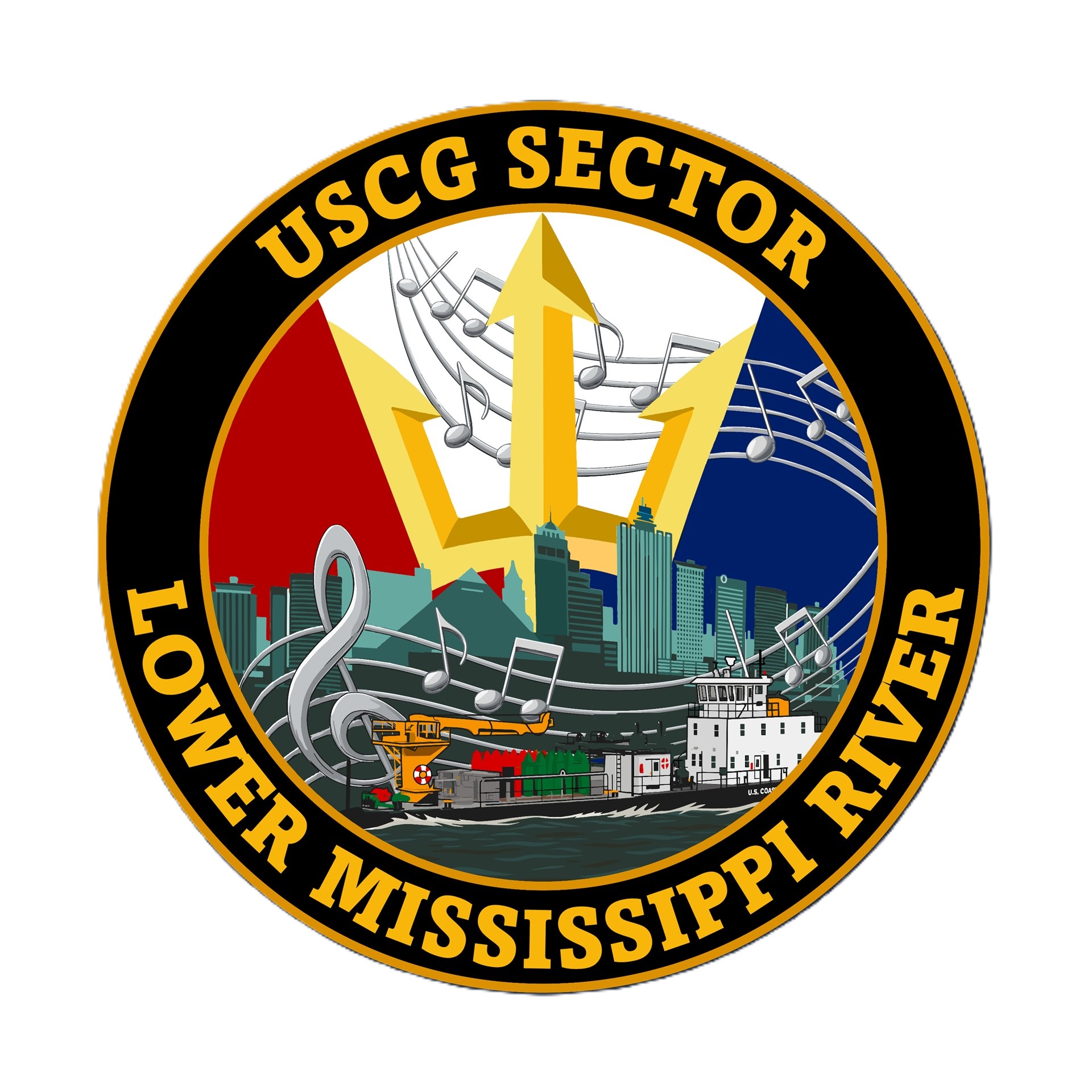
Sector Lower Mississippi River (SLMR) is located on the bank of the Mississippi River in the heart of Memphis, TN. The Sector is the parent command to one Marine Safety Detachment, 6 Buoy tenders, one aid to navigation boat and two response boats. The Sector, along with it's sub-units, works diligently to perform the Coast Guard's missions on a daily basis across the expanse of 6 states, over 2,200 river miles, lakes and their navigable tributaries.

5955 Attu St.
Millington, Tennessee 38053
(901) 544-3912